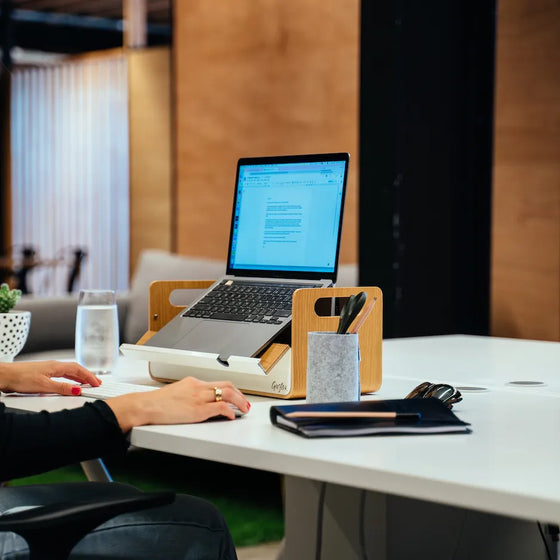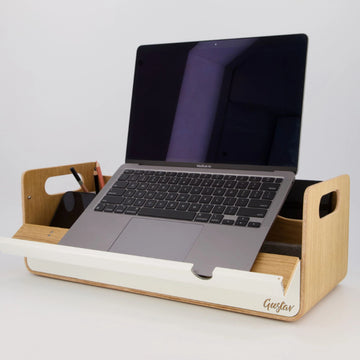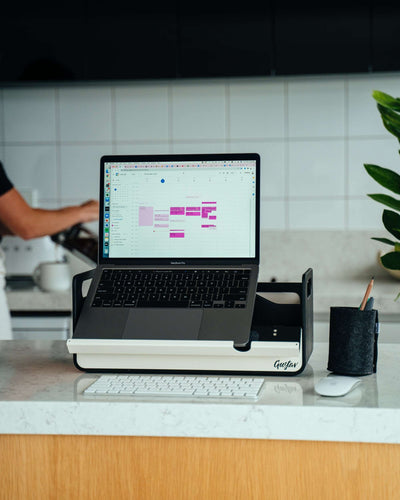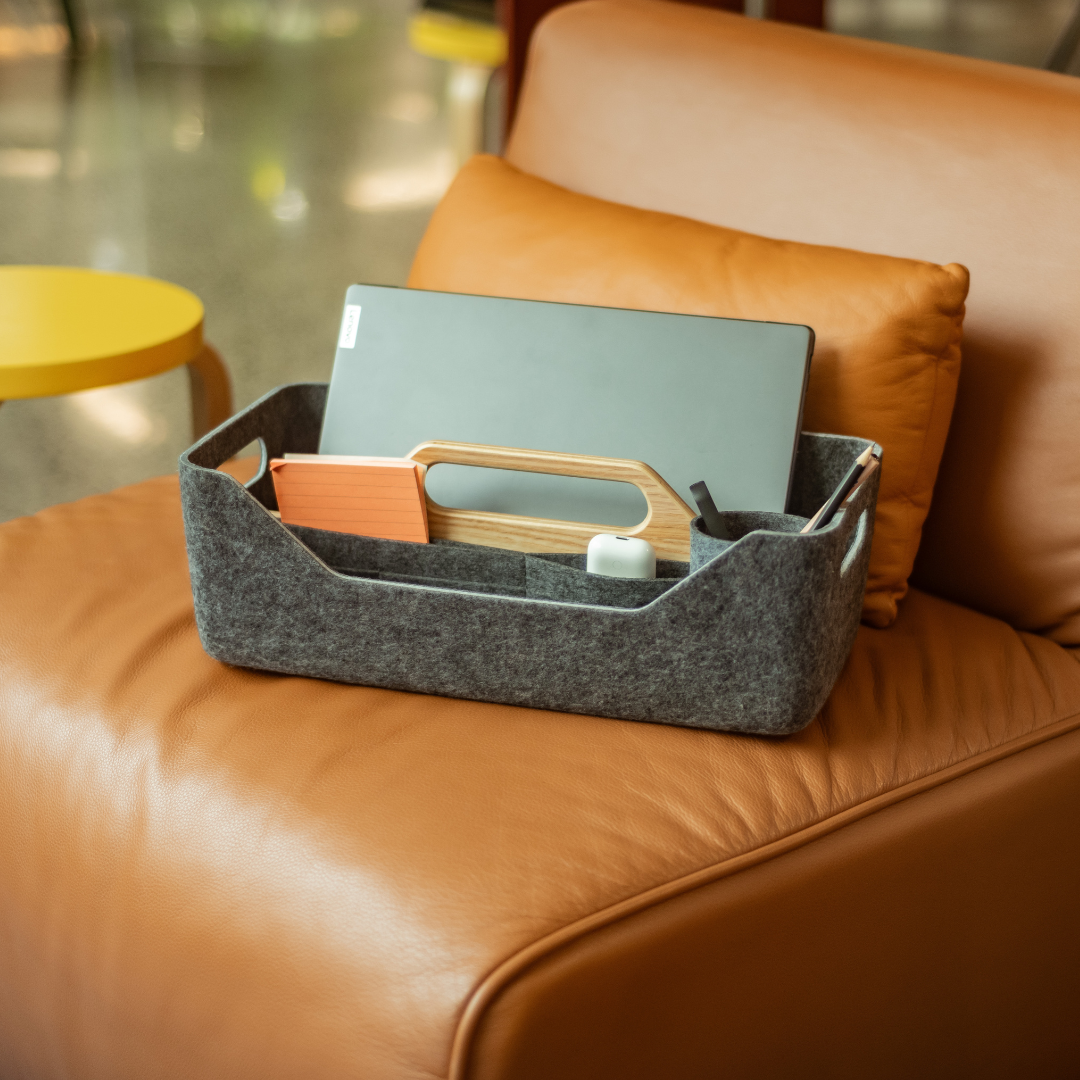The Transition to ABW
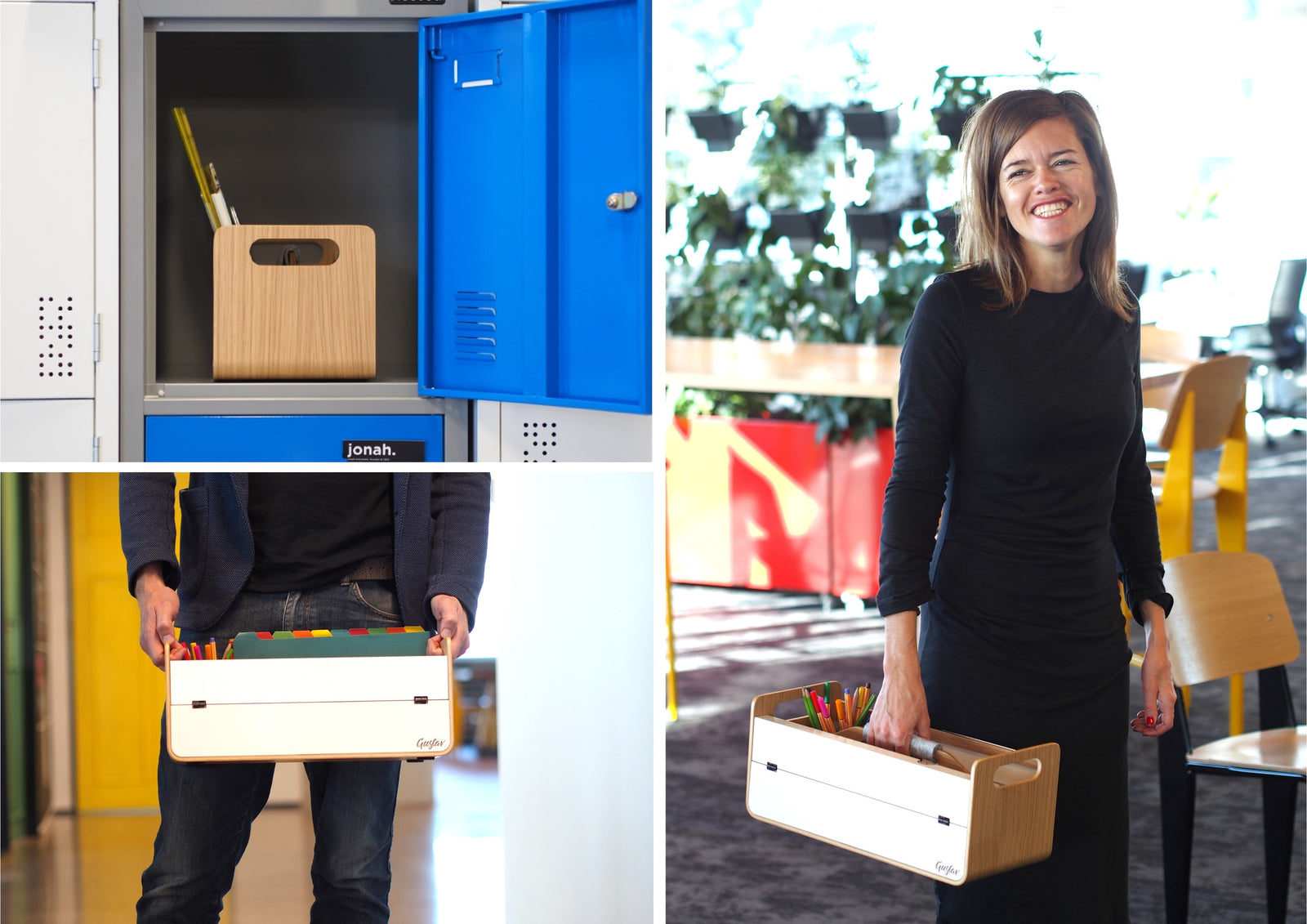
The advantages of Activity Based Working are well documented: staff feel more trusted and therefore more motivated; the amount of space required is reduced which can allow for real estate savings or ‘spaceless growth’, and quality of work improves as employees can collaborate or remove distractions more effectively.
However, this is not to say that implementing an ABW way of working is always an easy sell. Managers are often wary of handing so much trust to their staff and losing the ‘line of sight’ approach. Staff, though often keen for more flexibility, can be wary of any change, and may suspect the reasons for the switch stem more from financial considerations than concern for their wellbeing.
Therefore, a thorough change management process should be undertaken when transitioning to Activity Based Working. A sound change management process has five clear distinct stages:
Analysis – i.e. Why is the change being made? In this case, the central question should be: is ABW really right for this organisation?
Change Framework Development – Planning at a senior level for how the change will be carried out and over what time period.
Engagement and Communication – The most important part of the process is a thorough and genuine consultation with staff at all levels to see how the proposed change will affect them and what concerns they might have. With Activity Based working these often centre around the lack of a personal space, and the aforementioned uncertainty around trust from the managers’ perspective.
Implementation – The change is carried out in the stages identified by the framework.
Evaluation – Regular evaluations carried out over a time period, with opportunity to adjust any elements of the new system that aren’t working.
So how can Gustav help with this process? From working with several companies who have made the shift to ABW over recent years, we have been pleased to see how Gustav has been a vital ingredient in the change management process. Here we consider 5 ways in which Gustav can help with the process of switching to ABW.
Portability
A key feature of ABW is the fact that workers are encouraged to move around their workspace (or beyond) as the requirements of their tasks demand: quiet spaces for focussed work; meeting rooms for collaboration, etc. It goes without saying that the ‘office in a box’, Gustav makes this easy, as staff can carry around all their essential items from place to place and set up again in no time. Showing an existing example of Gustav in action can help alleviate concerns around how this more mobile way of working can become a reality.
A Practical Answer to the Storage Question
One of the most significant changes to when moving to an Activity Based Working office is the lack of storage. Individual desks and all the opportunity for clutter they provide are no longer there, while use of paper is minimised. Staff and managers alike often struggle to envisage how this could possibly work. By introducing Gustav early in the consultancy process, senior managers can demonstrate a tangible answer to the question as staff will see how they still have the opportunity to store all their essential items. The fact that Gustav has been designed to fit into a standard locker will also reassure those who worry that setting up their space each day will take too much time.

Emphasising the Autonomy Positive
One of the greatest benefits to Activity Based Working is the level of flexibility and autonomy it affords staff. This aligns with Gustav’s goal to help workers ‘make any space your space’. In our experience, introducing staff to Gustav early in the process of making the switch to ABW enables them to see this positive – to picture themselves replying to emails from their favourite café or a beachside apartment somewhere. By helping to emphasise the positives of ABW, Gustav can help make the change management process a little smoother.
Personal Space
One common objection to the implementation of Activity Based Working is that employees feel that no space is theirs, and many miss the chance to personalise a small corner of an office with family photos and other items. This concern was at the front of our minds when we designed Gustav, and we were careful to allow ways for Gustav to be individualised. Open up your Gustav, and you’ll immediately feel like your in a familiar place.

Technology
A key requirement when switching to Activity Based Working is to make sure the technology is fit for purpose and allows staff to work effectively both in and out of the office. While Gustav won’t improve the quality of your intranet system, it has been designed with flexible working technology in mind. Once opened, Gustav works as an ergonomic laptop stand. The handles on either side double up as holes for power leads to make charging easy, while the rail on the front serves as a phone or tablet stand. It’s the perfect way to help staff work from anywhere.
In Summary
Switching to a new way of working is never easy, and the importance of a well thought through change management process cannot be underestimated. Providing as many tangible examples of how the new way of working might look is useful, as it will help dispel fears and even create excitement around the new approach. As a workplace tool that was designed specifically for flexible working, Gustav will provide managers and staff alike with an attractive and appealing example of their future working arrangements.


